bowhuntr311
IowaWhitetail Addict
but a little spotty germination, which is the problem I had as well.
Dbltree do you know why? And if so is there a way to prevent it?


but a little spotty germination, which is the problem I had as well.
Dbltree do you know why? And if so is there a way to prevent it?
Rapeseed, a type of mustard, has been used to control weeds in potatoes and corn under experimental conditions. All members of the mustard family (Brassicaceae) contain mustard oils that inhibit plant growth and seed germination. The concentration of allelopathic mustard oils varies with species and variety of mustard
Principles of Sustainable Weed Management for Croplands
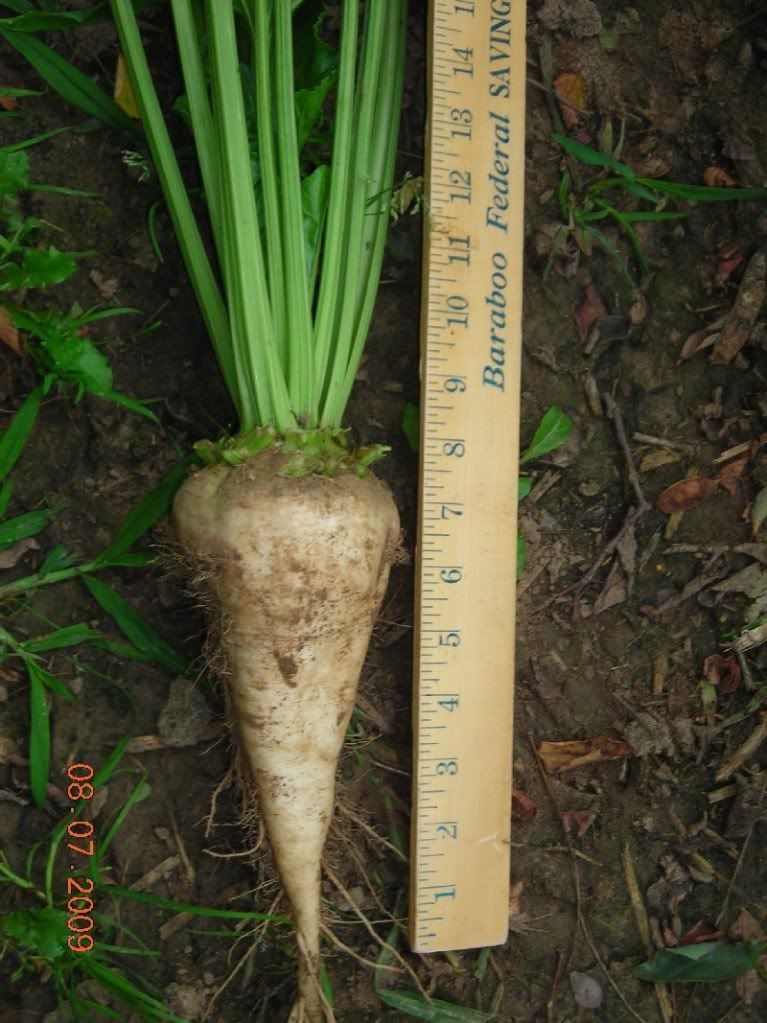
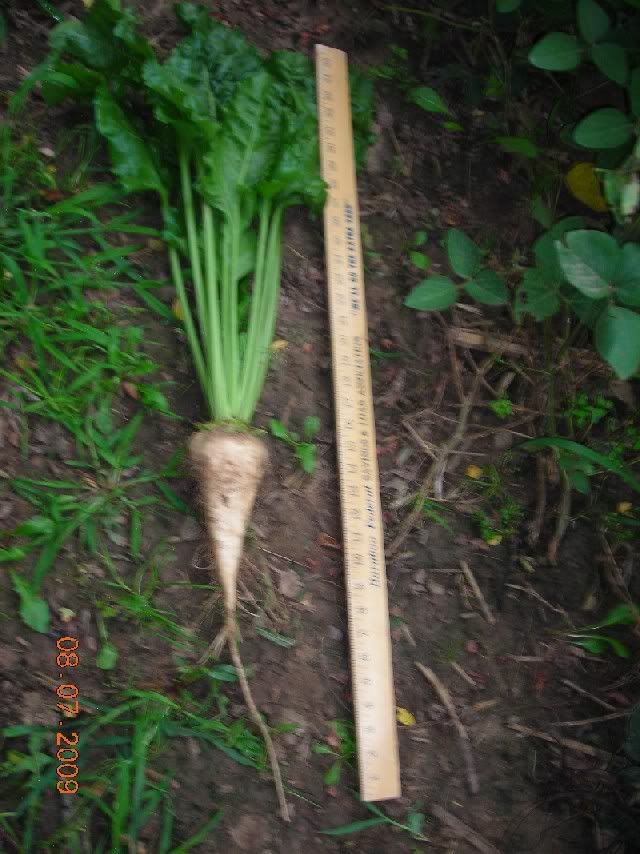
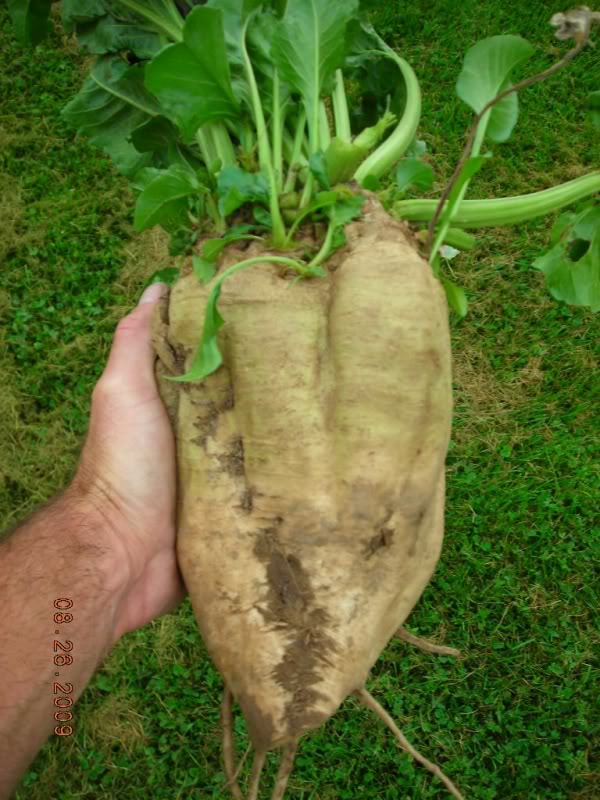
A federal judge overturned government approval of a variety of sugar beet genetically engineered to resist a popular weed killer produced by agricultural giant Monsanto, according to a ruling released Tuesday. Wednesday, September 23, 2009




Anybody want to comment on the deer grazing of the tops. Looks to me like the stem and leaves are alot larger than most brassicas?
while beets are not brassicas,
Thier not? Reason? I figured beets were a relative of the turnip so I guessed beets would fall under the brassica name?
In the event a person planted beets, and the deer did mow the tops early, I assume it would stunt the growth and/or kill the whole plant?
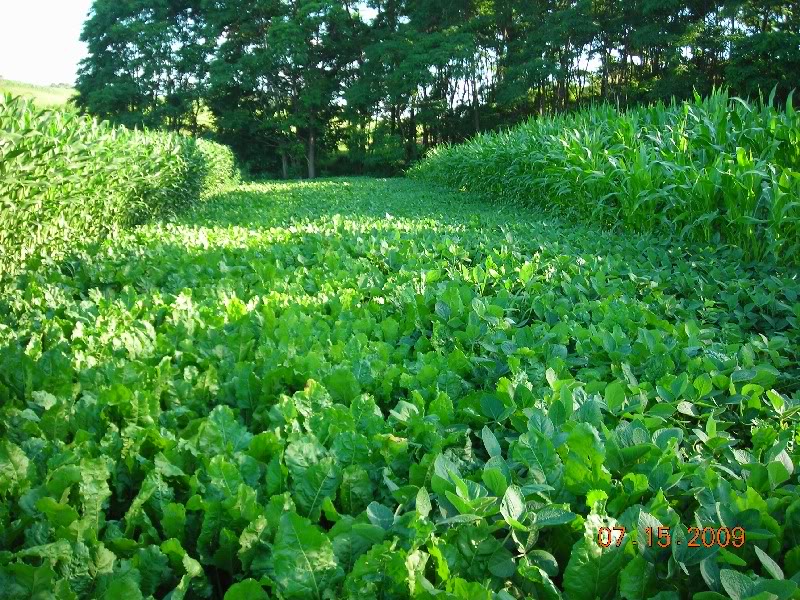

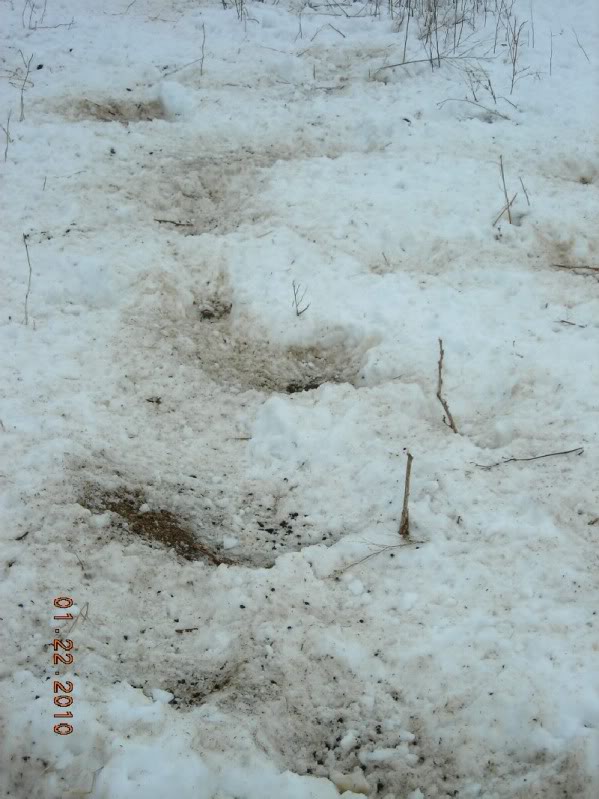
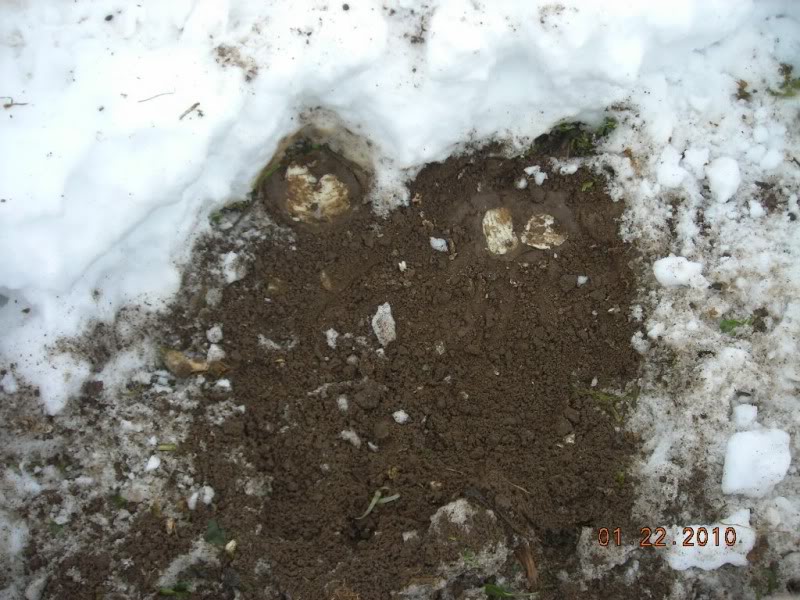
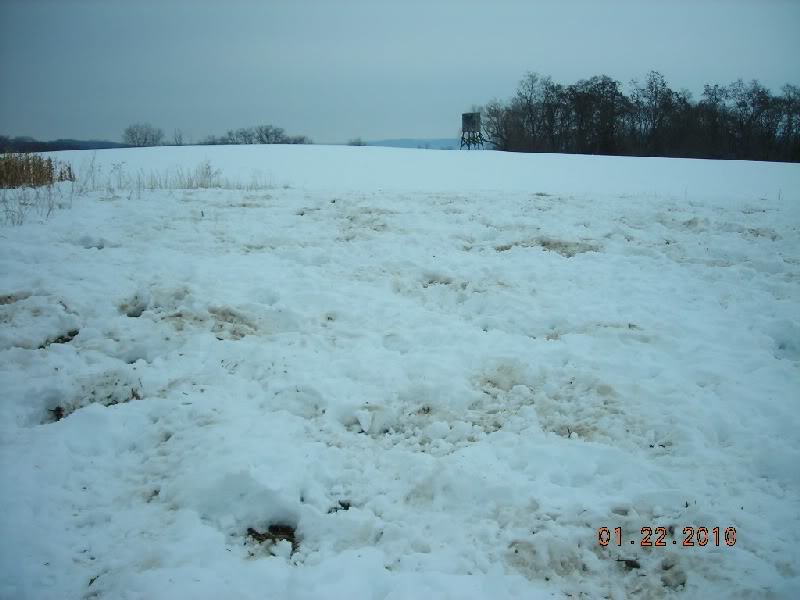
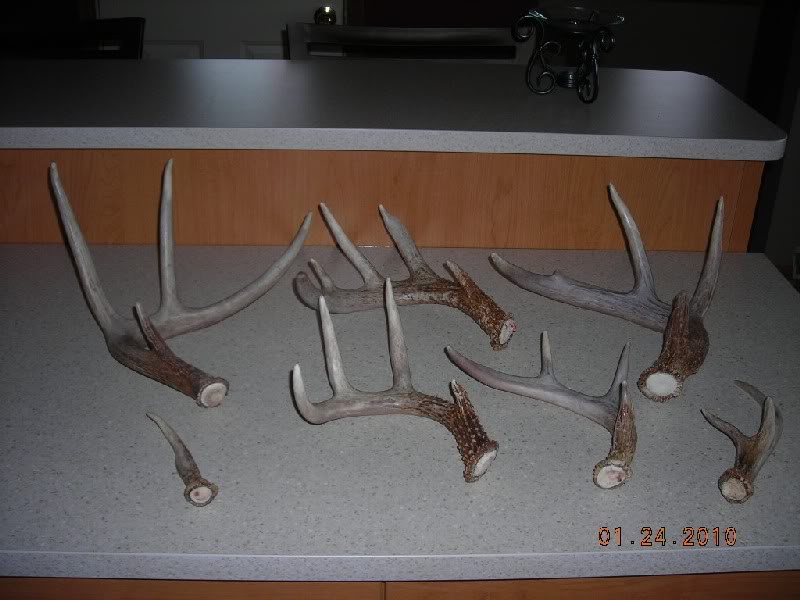
Clearly the deer are working hard to get to those beets and turnips, but is there such a thing as inadvertantly creating a "trap" by "making" them dig through frozen dirt to get to the food that could actually be undercutting the benefits of those food plots, at least when the ground is frozen solid?
In other words, do they expend too much energy pawing at the frozen tundra relative to the nutrition that they get from gnawing on the tops?
Nice plots and sheds, and those beets look awesome too. Certainly the deer were well fed there this fall.
dbltree....? i have on sugarbeets.
We planted brassicas in several of our food plots this year. They came up great, deer ate the heck out of em. (if i had to do over i would have planted about 2 weeks earlier than i did so they would have grown a tad larger)
Can i grow sugarbeets in those plots this year without them getting diseased?
As i understand it you should not plant brassicas in successive years. After this years success with them i wish i could!
What else would your recommend for hunting plots and or late fall/winter feedings for the flea bags!
G


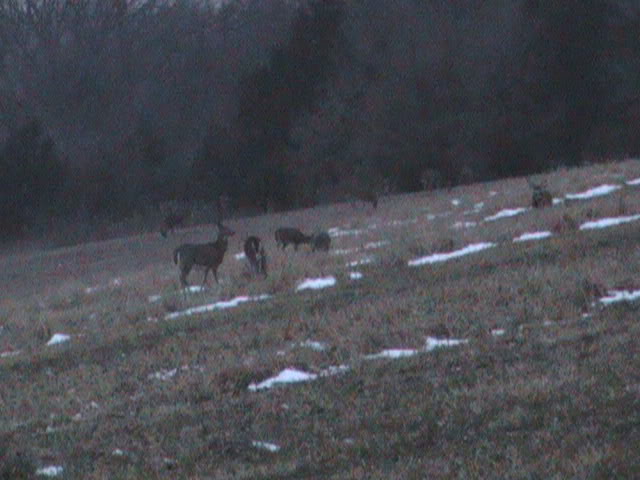
M3. Assure II (quizalofop) at 8 to 10 fl oz/A plus petroleum oil adjuvants controls annual grasses in sugarbeet. See discussion on Assure II under soybean for additional information. Allow a 45 day PHI.
M4. Betanex/Des/Alphanex (desmedipham) and Betamix/D-P Mix/ Phen-Des (desmedipham & phenmedipham) applied POST control annual broadleaf weeds. Sugarbeet injury occasionally occurs from Betanex* and Betamix*. Sugarbeet with four true leaves are much less susceptible to injury than smaller sugarbeet and they gain additional tolerance with increased size. Betanex* or Betamix* may be applied to sugarbeet with less than four leaves. Application rates totaling 3 pt/A or less should be followed by a second application in 5 to 7 days if living weeds are present after 5 days. Split application with reduced rates has reduced sugarbeet injury and increased weed control compared to one full-rate application. See Table 1 below for information on adjusting rates for sugarbeet size, sprayer pressure and presence of a soil-applied herbicide. Risk of sugarbeet injury is reduced by starting application in late afternoon so cooler temperatures follow application. Risk of injury is increased by recent flooding, high temperature, and especially, a sudden change from cool, cloudy conditions to hot, sunny weather. Allow a 75 day PHI for Betanex* and Betamix*.
M5. Eptam (EPTC) PPI in the spring at 2.3 to 3.4 pt 7E/A or in the fall at 4 to 5 pt 7E/A or 17 to 22 lb 20G/A controls annual grasses and certain broadleaf weeds but may cause sugarbeet stand reduction and temporary stunting. However, no yield reduction will occur if adequate sugarbeet population remains after thinning. Use extreme caution in choosing a safe rate on sandy loam or lighter soils with low OM. Herbicides such as Ro-Neet, Nortron*, or Pyramin cause less sugarbeet injury on the low OM soils where Eptam injury may be excessive.
Ro-Neet (cycloate) spring-applied at 4 to 5.3 pt/A or fall-applied at 5.3 pt/A gives weed control similar to Eptam. Eptam tends to give better weed control than Ro-Neet on fine-textured, high OM soils or under relatively dry conditions while Ro-Neet gives better control than Eptam when spring rainfall is adequate to excessive. Ro-Neet causes less sugarbeet injury than Eptam and is safer on more coarse-textured, low OM soils.
M6. Eptam (EPTC) plus Ro-Neet (cycloate) has less potential for sugarbeet injury and is less expensive than Ro-Neet alone. The rate of the mixture must be adjusted for soil texture and OM.
M7. Far-Go (triallate) spring- or fall-applied at 1.5 pt/A or 15 lb 10G/A controls wild oat. Incorporate Far-Go immediately after application at 3 to 4 inches deep. Deep and thorough incorporation will provide the best wild oat control. Delaying the second incorporation for three days or longer delay after the first incorporation often improves wild oat control. One incorporation in the fall followed by spring seed-bed preparation is sufficient for fall-applied Far-Go. Far-Go should be fall-applied when temperatures are consistently below 50 F, which generally occurs after October 15. Far-Go may be applied until snow cover or soil is frozen too hard for incorporation. Far-Go will control wild oat that have developed resistance to ACCase-inhibitor POST herbicides for grass control.
M8. Micro-rate or Mid-rate programs use low rates of herbicides in combination applied three or more times at a 5 to 7 day interval starting when weeds are just emerging. The micro-rate treatment is Betanex* / Betamix* / Progress* plus UpBeet plus Stinger* plus a methylated seed oil (MSO) adjuvant at 8 to 12 / 8 to 12 / 5.7 to 8.7 fl oz/A plus 0.125 oz/A plus 1.3 fl oz/A plus 1.5% v/v. The MSO is essential to increase weed control when low herbicide rates are used. The mid-rate treatment includes Betanex*/Betamix*/Progress* at 12 to 16 / 12 to 16 / 8.7 to 11.6 fl oz/A after sugarbeet has four leaves along with the same rate of UpBeet, Stinger* and MSO.
Add Assure II at 4 fl oz/A or Select* at 2 fl oz/A or Poast at 5.3 fl oz/A to the micro-rate to improve grass control. The micro-rate will not control lanceleaf sage or ALS-resistant kochia.
The micro-rate and mid-rates should be applied a minimum of three times. Three applications of the micro-rate generally has given better weed control than two applications of conventional rates. Three applications of conventional rates sometimes gave better weed control than three applications of the micro-rate. Four micro-rate applications frequently have given better weed control than three applications of conventional rates or the micro-rate due to controlling late-emerging weeds.
Precipitation and nozzle plugging is common with ground application of the micro-rate. Several factors may reduce nozzle plugging. 1) Start with a clean sprayer, spray out the tank load immediately after mixing, spray until tank is dry, flush sprayer between loads, clean sprayer frequently, and never allow spray solution to set in the tank. 2) Allow the sprayer tank water to warm before mixing and increase the pH of water to 8 or 9 by adding ammonia, Quad 7, or other pH increasing agents. 3) Pre-mix the UpBeet in hot water or water with pH 8 to 9. Put UpBeet in the tank first and be sure it is dissolved before adding, in order, Betanex*/Betamix*/Progress*, Stinger*, and MSO type oil adjuvant. A 2% solution of household ammonia at 1 gal/100 gal of water will give about pH 9. Add ammonia slowly as the tank fills so water pH does not go much over pH 9. 4) Add a grass herbicide. Tests using a single nozzle and a small volume of spray solution indicated that Assure II reduced precipitation more than Poast and Select* but all had an effect. 5) Gentle agitation resulted in less precipitation than vigorous agitation.
M9. Nortron/Etho/Ethotron (ethofumesate) at 6 to 7.5 pt/A controls broadleaf and grass weeds including redroot pigweed and wild buckwheat but is weak on yellow foxtail. Nortron* is the best of the soil-applied herbicides for kochia control, providing fair to good control. Nortron* may be applied PRE but research results in North Dakota and Minnesota indicate that incorporation generally improves weed control. Nortron* incorporated at 2 to 4 inches deep gave slightly better weed control than when incorporated at 1 inch deep. Band application of Nortron* reduces cost and soil residue. Nortron* has been relatively safe on sugarbeet but use of Nortron* with Ro-Neet or fall-applied Eptam can cause sugarbeet injury especially on medium to coarse textured soils. Nortron* plus spring-applied Eptam may cause serious injury and should only be used on fine textured soils with over 6% OM. See labels for Nortron* rate adjustment for various soil types.
M10. Poast (sethoxydim) at 0.5 to 1.5 pt/A plus oil adjuvant controls annual grass weeds and quackgrass in sugarbeet. See discussion on Poast under soybean for additional information. Allow a 60 day PHI.
M11. Progress/Des-Phen-Etho (desmedipham & phenmedipham & ethofumesate) applied POST gives increased control of some weeds and greater risk of sugarbeet injury than Betamix* alone. The active ingredients are in a 1:1:1 ratio. Adjust the rate of Progress* so the total lb/A of the active ingredients is equal to the lb/A of Betamix* if the Betamix* were applied alone. For example, if the normal rate of Betamix* was 0.3 lb/A then Progress* also should be applied at 0.3 lb/A. Risk factors are the same as for Betamix* alone. Allow a 75 day PHI.
M12. Clethodim (several trade names) at 6 to 8 fl oz/A or Select Max (clethodim) at 9 to 16 fl oz/A plus oil adjuvant at 1qt/A controls annual grasses and quackgrass. See table in the soybean section for rates of clethodim according to weed species and weed size. Quackgrass control requires two sequential applications. Tank-mixing POST sugarbeet herbicides or applying the herbicide within 1 day after clethodim may reduce grass control compared to clethodim applied alone. Reduced grass control can be avoided by applying clethodim at least 1 day before or 5 days after applying the broadleaf herbicide. However, NDSU research indicates less antagonism of grass control with clethodim tank-mixed with Betanex* or Betamix* than Poast or Assure II. Allow a 40 day PHI.
M13. Clopyralid (several trade names) at 0.25 to 0.66 pt/A applied POST controls several broadleaf weeds and volunteer crops. Clopyralid at 0.25 to 0.5 pt/A is most effective when applied with MSO adjuvant to common cocklebur, giant ragweed, volunteer sunflower, wild sunflower, volunteer alfalfa, and volunteer soybean up to the 6-leaf stage, common ragweed up to the 5-leaf stage, and wild buckwheat in the 3- to 5-leaf stage before vining begins. Apply clopyralid at 0.5 to 0.66 pt/A to Canada thistle in the rosette to pre-bud growth stage. Rosette application will give better control than later application. Clopyralid must be applied to sugarbeet in the 2- to 8-leaf stage and allow a 45 day PHI.
M14. UpBeet (triflusulfuron) at 0.25 to 0.5 oz/A should be used with an adjuvant when applied with clopyralid but without adjuvant when applied with Betanex*, Betamix*, or Progress* except in the micro-rate. UpBeet is a postemergence herbicide that should be applied in combination with other broadleaf herbicides mentioned above. UpBeet will antagonize grass control from Assure II, clethodim, or Poast similar to antagonism caused by Betanex*, Betamix* or Progress*. Research in eastern ND and MN has shown that Betamix* + UpBeet applied once at 1.5 pt + 0.5 oz/A followed 7 days later by 2 pt + 0.5 oz/A generally gave less control than Betanex* + UpBeet applied three times at 7 day intervals using 1 pt + 0.25 to 0.3 oz/A in each treatment. Allow a 60 day PHI. Do not exceed 2.5 oz/A UpBeet in a single growing season.
M15. Trifluralin at 1.5 pt/A can be used on 2- to 6-inch tall sugarbeet for annual grass and broadleaf weed control. Broadcast and incorporate immediately with cultivators or tillage tools adjusted to mix the herbicides in the soil without excessive sugarbeet stand loss. The crop should be clean cultivated before application since established weeds are not controlled. Trifluralin with good moisture conditions will control late germinating weeds that may become a problem late into the season.
M16. Dual Magnum (s-metolachlor) applied preplant incorporated or preemergence has caused excessive sugarbeet injury. A form must be signed before use that releases Syngenta from all liability for sugarbeet injury from Dual Magnum. Apply PPI or PRE in the spring or fall at 1.3 to 2 pt/A. Adjust rate depending on soil texture and OM content. Make fall applications after October 15 but before ground freezes. Lay-by applications can be done without signing a liability release form. Apply lay-by at 1.3 to 1.67 pt/A after sugarbeet has four true leaves. More than one lay-by application can be made but the total applied must not exceed 2.6 pt/A per season. Rain or sprinkler irrigation after application is required for activation.
M17. Outlook (dimethenamid-P) at 18 to 21 fl oz/A on medium- to fine-textured soils may be used as a lay-by treatment when sugarbeet has 4 to 8 leaves. Apply once or sequentially but the total applied must not exceed 21 fl oz/A per season. Rain or sprinkler irrigation after application is required for activation. Weeds that emerge prior to activation will not be controlled.
M18. Combinations of postemergence herbicides give more broad spectrum and greater total weed control compared to individual treatments. Clopyralid* + Betanex* or clopyralid* + Betamix* have controlled wild buckwheat, eastern black nightshade, common lambsquarters, buffalobur, giant ragweed, ladysthumb, lanceleaf sage, and Russian thistle superior to clopyralid* alone and superior to Betanex* or Betamix* alone.
UpBeet* plus Betanex*, Betamix* or Progress* has provided improved control of redroot pigweed, prostrate pigweed, kochia, common mallow, nightshade, ladysthumb, Venice mallow, nightflowering catchfly, wild mustard and velvetleaf compared to Betanex*, Betamix*, or Progress* alone.
UpBeet generally has little effect on sugarbeet injury. A three-way combination of Betanex + UpBeet + clopyralid has given good to excellent control of all common broadleaf weeds in sugarbeet in research conducted in ND and MN except ALS-resistant kochia.